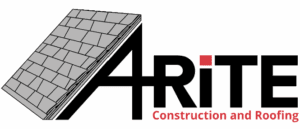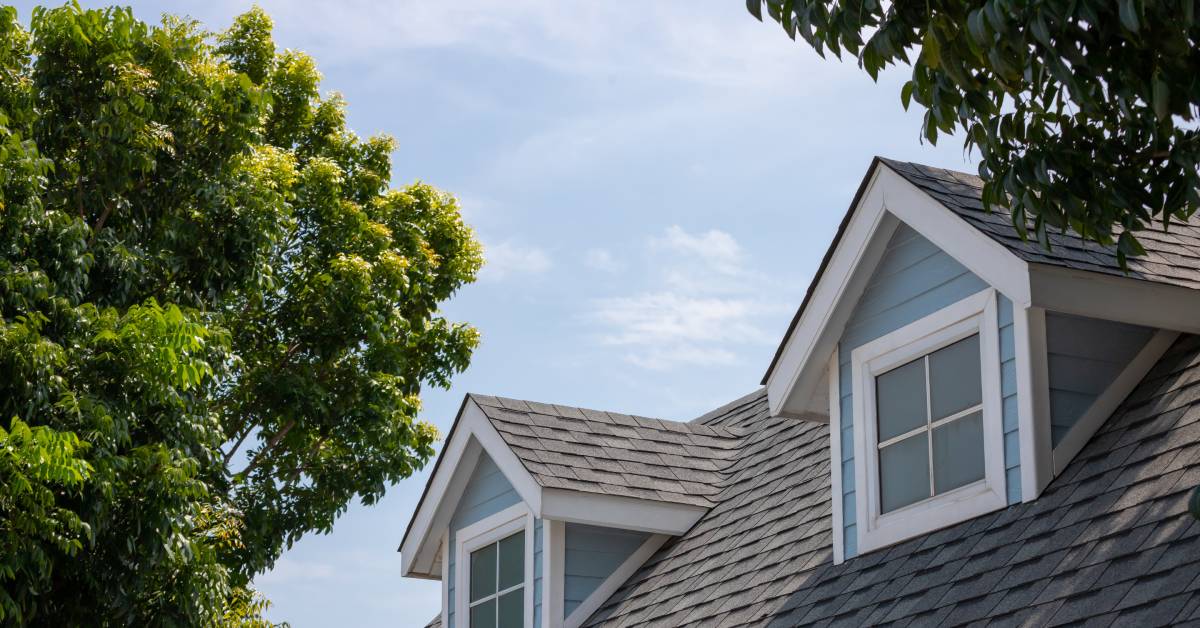Most people think residential and commercial roofs are the same, but they’re not. While both types of roofing serve the same basic function—to protect the building from the elements—their requirements and characteristics can vary significantly. Discover the key differences between residential and commercial roofing.
Definition of Residential and Commercial Roofing
Residential roofing typically covers individual homes or smaller structures, providing shelter and safety for families. On the other hand, commercial roofing applies to larger buildings such as offices, warehouses, and retail spaces. These differences in scale and purpose lead to distinct considerations in each type of project.
Size, Functionality, and Design
Residential roofs are usually simpler in design and often pitched or sloped to enhance aesthetic appeal and functionality. Commercial roofs are frequently flat and cover larger areas efficiently. The functionality of each type reflects its specific needs—residential roofs focus on comfort and style, while commercial roofs prioritize durability and easy maintenance.
Design Trends in Residential Spaces
Design trends favor materials and styles that complement the home’s architecture and enhance curb appeal. Homeowners often choose GAF roofs for their durability and attractive appearance, which come in various styles and colors to match any home design.
Aesthetics in Commercial Spaces
Commercial roofing design prioritizes functionality over aesthetics. However, this doesn’t mean contractors and business owners ignore aesthetics. Commercial buildings often use durable and environmentally friendly materials, aligning with corporate sustainability goals while maintaining a professional look.
Residential Roofing Needs
Residential roofs must provide a safe and comfortable environment for families. Features such as insulation, ventilation, and weather resistance are crucial. Homeowners often invest in high-quality materials such as GAF roofs to ensure long-lasting protection and comfort.
Commercial Roofing Requirements
Commercial roofs, such as HVAC systems and other equipment, must withstand higher foot traffic and heavier loads. They must also be energy-efficient and easy to maintain. Durability and functionality are top priorities in commercial roofing projects.
Building Codes and Regulations
Both residential and commercial roofs must adhere to local building codes and regulations. However, commercial roofing projects often face more stringent requirements due to the size and complexity of the buildings. These regulations impact the choice of materials, design, and construction techniques used.
Impact on Design and Construction
Building codes and regulations influence every aspect of roof design and construction. Homeowners must ensure their roofing projects comply with local codes, while commercial property owners must navigate a more complex regulatory landscape.
Understanding the key differences between residential and commercial roofing is vital. Each type of roofing has its unique requirements and benefits. Homeowners can make informed decisions that enhance their property’s value and comfort by choosing high-quality materials such as GAF roofs and ensuring compliance with local building codes.
Contact A-Rite for all your residential roofing needs. You’ll quickly discover why we’re the premier company for roof installation and repairs.




